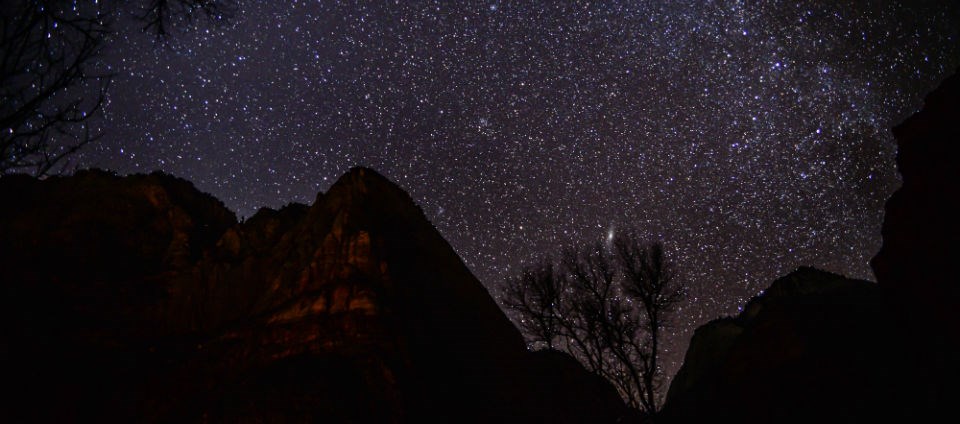
NPS photo/Cadence Chinle Cook 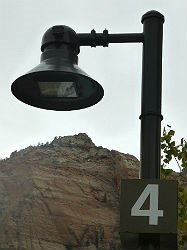
Throughout the park, additional lighting projects are underway. Lights are being retrofitted (and replaced where necessary) to prevent light pollution, while maintaining basic safety needs. 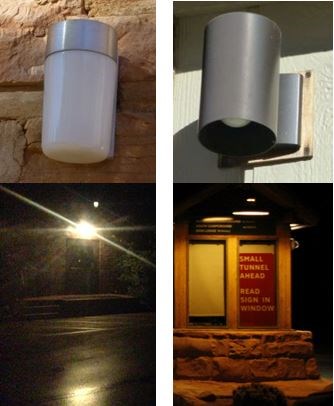
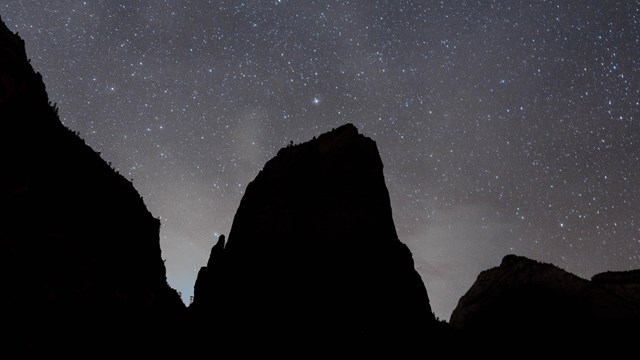
Stargazing
Tips for where and how to stargaze in Zion! 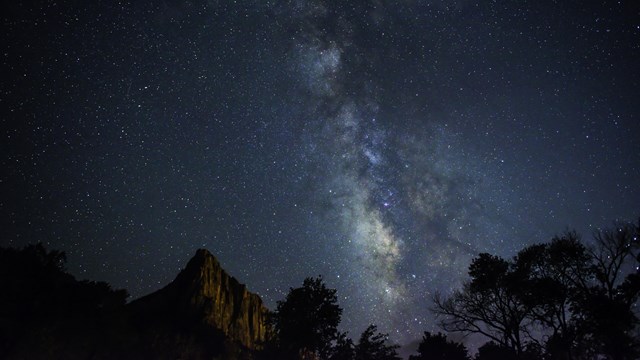
Visit other International Dark Sky Parks
See what night sky sites may be close to you! 
Help Night Skies in Your Community
Learn about steps you can take to protect night skies in your own home or community. |
Last updated: July 19, 2024
